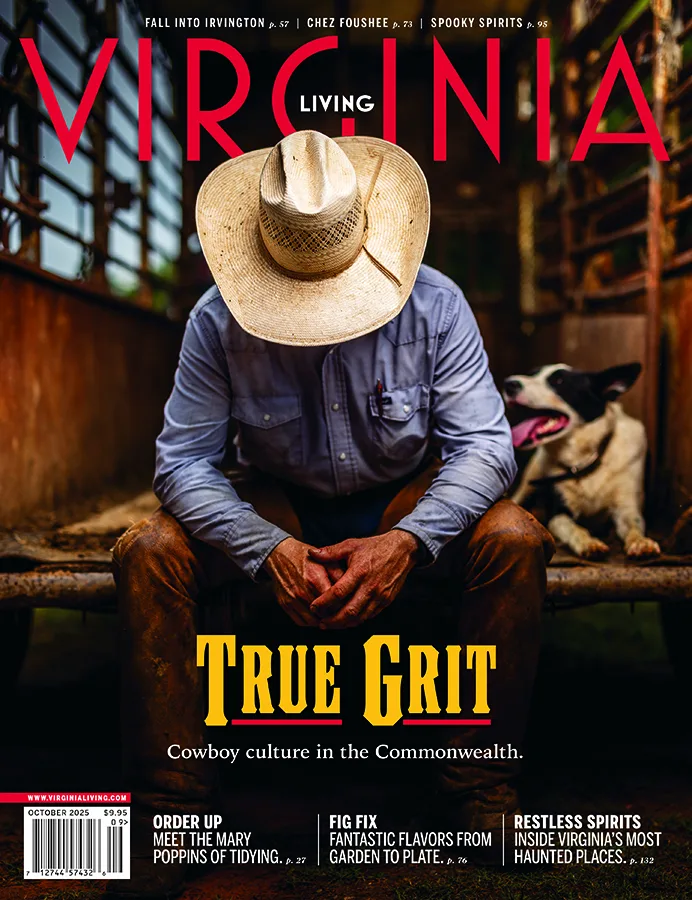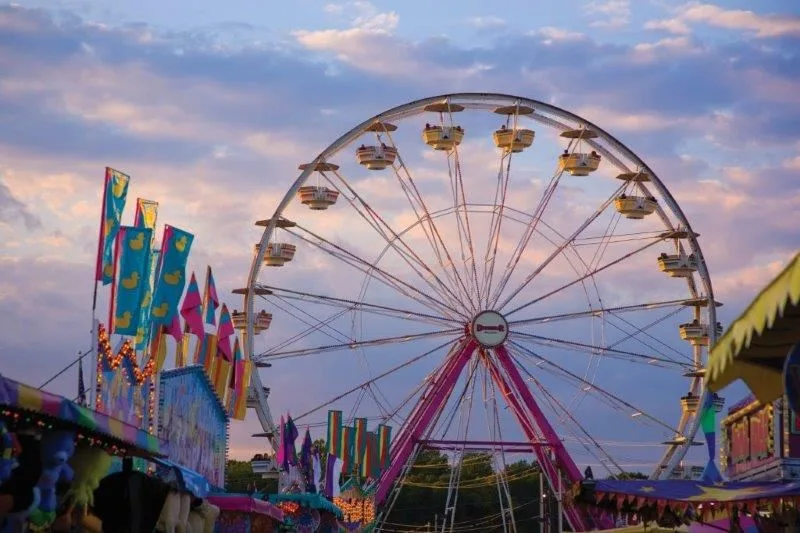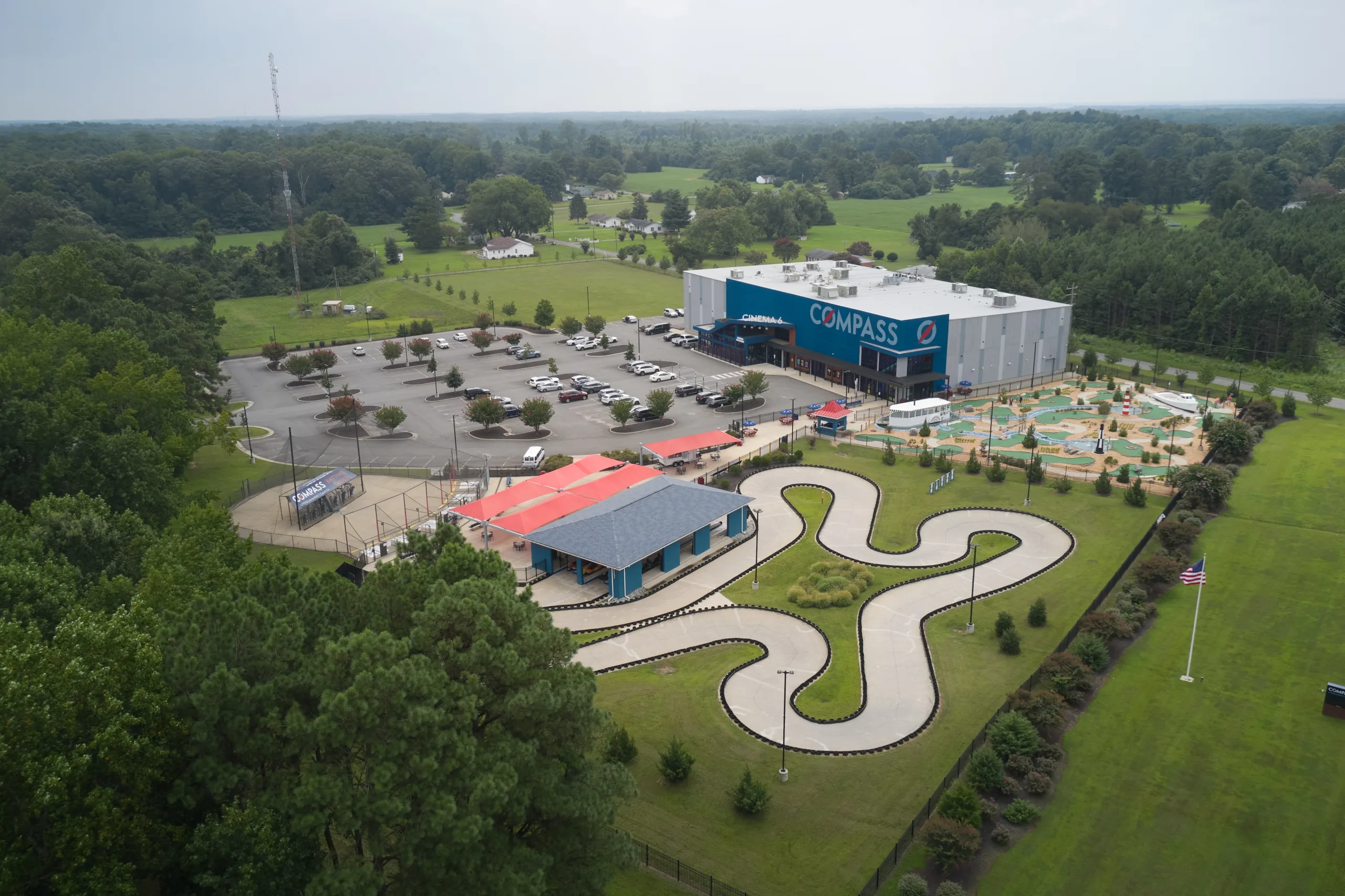Driven pheasant shooting is a sport whose customs have been honored for nearly 200 years, but the tradition encompasses much more than shooting—it is about sportsmanship, etiquette and, above all, respect for the birds.

A gun waits for the drive to begin.

Allen pointing out each guns’ peg position before the next drive.

Hagan Seville and Garrick Steele walk to their pegs for the first drive of the day.

Hagan Seville takes aim.

Birds collected at the end of a shoot.

The garage, converted to a banquet room for the shoot.

Robert Allen sounds the horn.

Guns and pickers-up heading back to the shoot after refreshments.

Garrick Steele.

Labrador retriever with a retrieve.

Lyndall Bailye, Robert Allen and Elizabeth Lanier.

The traditional attire of the driven shoot includes stockings and flashes peeking out of boot tops.

Cheese plate.
A cold front has elbowed its way into the Blue Ridge foothills and shoved aside the last of fall’s warmth on this early December morning. The sun stays tucked under the blanket of the horizon and, as I drive along, the heavy, thick ground fog envelops the wheel wells of my aging pickup. My companion—Luke, a 9-year-old black Lab—stirs sleepily from the backseat, leans softly against my shoulder and places a big, wet kiss on my right ear, his wide smile and shining eyes forecasting a fun and busy day.
Our destination is the 600-acre Greene County farm Highbrighton, the property since 1992 of business consultant Robert Allen. As I turn down a simple dirt road, we pass beneath a high canopy of branches interspersed with random pines standing sentry, the fog dissolving as the sun struggles to filter through. But when we emerge, gently rolling fields and Canadian geese resting near a large pond are revealed and create a view that rivals any in the British countryside. Although we are in fox hunting country, we have come to participate in another popular field sport exported from Europe, the driven shoot.
Allen has been hosting private traditional driven shoots—where the shooters, or “guns,” are positioned so that game can be flushed toward them—at Highbrighton for approximately 20 years. The driven shoot, which may have originated in France, was adopted by the British and was popular during the Victorian and Edwardian eras.
Allen developed an interest in the sport while working in Europe in the 1970s and ’80s, where he was invited to shoot on a number of private estates, mostly in the U.K. “I was fascinated, not only by the shoots themselves, but also by the operational aspects of how the shoots were run,” he says. “When I came back to the U.S., I joined a club called Mashomack in Pine Plains, New York, and became very involved in the shooting there.”
In 1992, when Allen and his wife Jeri, who passed away in 2011, first saw Highbrighton, the farm was deserted and in a state of total disrepair. (The manor house was built circa 1835.) The couple was then living in Connecticut, but Jeri fell in love with Highbrighton and told Allen she wouldn’t leave until he promised to buy and restore the farm. At first, the couple hosted shoots just for family and close friends. Jeri, outgoing and warm, says Allen, was always a huge part of the shoot. “Everyone loved her,” he says, adding that many of their frequent guests traveled to attend her funeral when she succumbed to cancer.
This day’s shoot is one of nine that will take place during the season, which runs from early October to February. A dozen or so guns at a time are invited to Highbrighton for the day-long shoots: Allen’s guests often include governors, senators and Supreme Court justices, and many travel from as far away as the West Coast or even England. I have come as one of the six to eight “pickers-up” or handlers of the Labrador retrievers that pick up the downed birds at the end of each drive. On a driven shoot, retrievers are essential because they will run through woods and brush, and swim across streams, to pick up downed or crippled birds and bring them back to their handlers who wait at the shooter’s peg—the numbered stake, or position, to which each gun is assigned during the drive. Looking like small black, yellow and chocolate dragons as they excitedly breathe out the chilly air, the retrievers assume a professional attitude as they proceed to their stations. The Labs here today are experienced; they know their business and do it well. Rarely do they fail to find what they have been sent to retrieve.
Guns and pickers-up gather near the manor house in the garage, converted for today into a banquet room. Waiting there is a breakfast of bacon and egg croissants, coffee cake, coffee and juice that Allen has had prepared for the group before the shoot begins. The other pickers-up and I leave before the guns to get into position for the first drive of the day, which will take place at a section of the farm known as Long Fields.
The frosted grass crunches under my boots as I walk to an outbuilding where the pickers-up are gathering. Opening the door, I enter a room full of laughter and camaraderie. Kenneth Cunningham, 63, raises his voice to give me a hearty greeting. An affable and quick-witted electrical contractor from Stuarts Draft, Cunningham organizes the pickers-up. The atmosphere is convivial as we walk to our positions. The guns, dressed in traditional Edwardian attire, will be driven to their pegs via a hay wagon.
Allen’s guests have turned out in tweed breeks with stockings and flashes, or tweed trousers, ties, tattersall shirts, wellies, shooting jackets and waxed cotton jackets; like every sport from driving race cars to jumping horses to playing golf at Augusta, a traditional driven pheasant shoot requires its own proper attire. (Because the beaters and pickers-up are often in heavy brush and briars, they wear something more durable, but nothing camouflaged.) The tightly woven tweed fabric of the clothing worn by the shooters was preferred during the Edwardian era as it was the best fabric for keeping warm and repelling water during the often chilly rainy weather of the season. Of the attention to dress involved in driven shooting, says Allen, “This is a traditional sport, and we honor it by dressing in a traditional manner.”
Following a talk regarding gun safety, which Allen does before every shoot, he assigns the guns their pegs. Depending upon the terrain of each drive, the pegs may be spaced 50 yards apart. The guns do not wander from their pegs for safety reasons and because part of the challenge of the shoot is simply the luck of the draw. (A shooter may be assigned to a peg that forces him to look into the sun, making it hard to see the pheasants coming over.)
Allen blows a small brass horn, and the drive begins. Immediately, the echo of metallic clicks moves down the shooting line as guns quickly snap shut. Luke, who has been lazing on the ground, jumps to a sitting position and faces forward and upward. His demeanor has completely changed. At home, let any crumb fall to the floor, and he instantly pounces on it. On a shoot, I could drop a filet mignon in front of him, and he would ignore it.
The shooter in front of us slips on his leather shooting gloves, fills his shooting jacket with a dozen or so shells and lays down his shooting bag. He takes a deep breath and slowly exhales to release the built up tension. A bird comes flying unexpectedly low, about head high. The shooter aims then pulls the gun down knowing it would be an unsafe shot. A couple of cock pheasants cackle like witches and fly out of the corn field to the guns stationed to my shooter’s left. Shots fire, and one of the pheasants stays. Pheasants begin to pour out of the corn but none fly over my shooter. Dogs are retrieving all around us, and Luke grumbles his displeasure at not yet being part of the action. Finally, a few more birds fly toward our shooter, and he takes one down. Luke leaves my side before the send command has passed my lips and is on the bird in an instant. I remove the bird from his mouth, and immediately he begins looking for other birds to retrieve. Fifteen or 20 minutes later, Allen sounds the horn, and the first drive ends.
Behind the scenes, William Frye, Highbrighton’s farm manager, acts as gamekeeper and coordinates all of the moving parts of the shoot while Allen tends to the needs of his guests, making sure they have enough shells or offering advice to a newcomer on how to take high, fast birds flying directly overhead. If a shooter’s gun breaks, Allen will provide a gun from his personal collection to complete the shoot. Frye confirms that the five to six beaters who have been hired for the day to flush the birds on each drive are properly sited in order to best present the birds over the guns, and makes sure that the shotguns and shells are distributed and collected from the shooters at each drive.
“The Highbrighton shoot closely resembles a classic British shoot more than any of the other shoots I have worked in the U.S.,” says John Lewis, a picker-up, who was born and raised near Cornwall, England, and was a syndicate gun—a member of a syndicate, or a group that rent a certain property on which to shoot or fish—on the 5,000-acre Bossington Manor, an estate famous in the U.K. for driven shooting. “Instead of just shooting to kill as many birds as possible, irrespective of whether they are sporting or not, the guns here are selective. There are drives here that would match some of the finest shoots in England.”
Allen’s guests enjoy the challenge of high, fast birds (as many as 600 birds may be brought in for a shoot), and he upgrades that test with a breed raised for him in Pennsylvania, which is a cross with the Michigan Blue Back. “This breeding produces a smaller and faster-flying bird—they get up to their flying speed much more quickly” than the more common slower-flying ornamental pheasant, says Allen. Although he goes to great effort and expense to provide a memorable experience for his guests, whether they travel from Virginia or England, Allen laughs, “I am always rooting for the birds!”
But shooting is only a part of the experience. Lewis McMurran III, who is from the Tidewater area and a frequent guest at Highbrighton, says this about the shoot: “I have shot in Scotland, Wales and England but I feel very blessed to be included in a Highbrighton shoot … Everything about the shoot is well done; the dog handlers, William Frye the gamekeeper, the beaters, the food and most of all, the birds. It’s a great way to spend the day in a beautiful part of Virginia.”
At the end of the third drive, the guns and pickers-up take a late-morning break for refreshments. On a small knoll, Frye has started a fire, and the caterer has set up a table laden with wine, cheeses, shrimp chowder, cold cuts and a surprisingly good fruitcake. While the shooters and pickers-up eat, the beaters pick up the birds from the first few drives and take them back to be cleaned.
On the last two drives, a northwesterly wind blows in, giving the pheasants added speed from a tailwind. A few of the guns have drawn a peg that has them looking directly into a setting sun. As a result, some shooters aim at birds that are not only fast-flying, but straight overhead or going away into the trees. Although there is some remarkable shooting on some exceptionally high birds, many shots fall behind and a number of birds fly on, unscathed. A number of the guns who have been coming to Highbrighton for years trade some good natured barbs for missing their shot.
Depending on the expertise of the shooters, out of 600 birds released, 200 to 300 birds may be taken. The rest will remain on the property and be a part of a future shoot. While the guns are paying to shoot birds, the sportsmen in the group are not as interested in the numbers of birds downed, but rather, the number of challenging shots they were able to overcome.
“There is nothing easy about Highbrighton birds but some are more difficult than others,” explains Bud Noland, a frequent visitor. “As you become more proficient at the sport, you are alert to the more difficult targets—the really high, fast birds. This is the only way you can improve your level of skill, and if you happen to be in the ‘zone’ on a particular day, you just might earn yourself bragging rights.”
Later in the day, the sky produces a clear blue backdrop as the sun filters through the green, red and gold leaves casting long shadows on the guns. When the horn sounds, ending the final drive, Frye transports the shooters back to the manor house where they will gather for cocktails and another meal. Luke and I, along with the other pickers-up and their Labs, gather the last of the downed pheasants, placing them near the shooting pegs. The bird wagon approaches to collect and count the birds, which will then be presented at the manor house.
Once the wagon arrives, Allen—as is his custom—calls all participants outside for a brief ceremony. He congratulates Frye and his assistants for their efforts, and toasts the guns for their expert shooting and the pickers-up and their dogs for a job well done.
But Allen’s final and most heartfelt toast is always to the game birds that give us the sport.
Other release shoots in Virginia:
Primland, Meadows of Dan
Christmas Hill, Keene
Blandfield Plantation, Caret
Rose Hill Game Preserve, Culpeper








